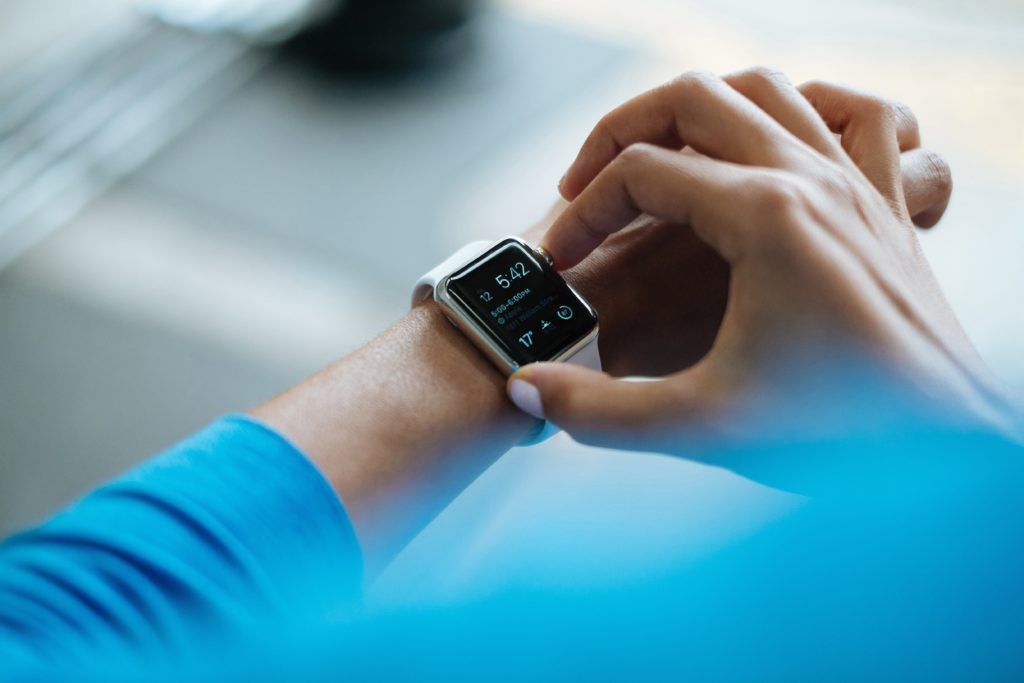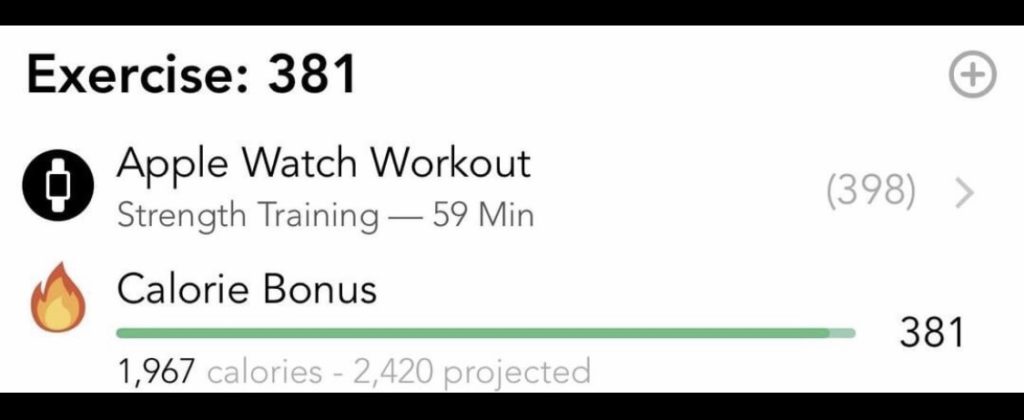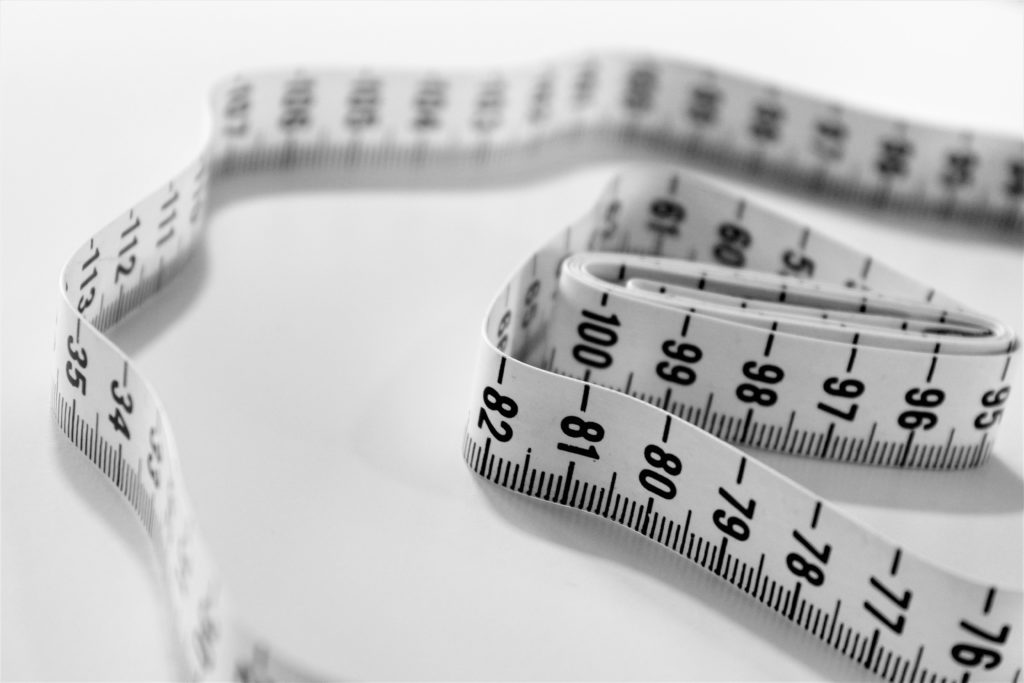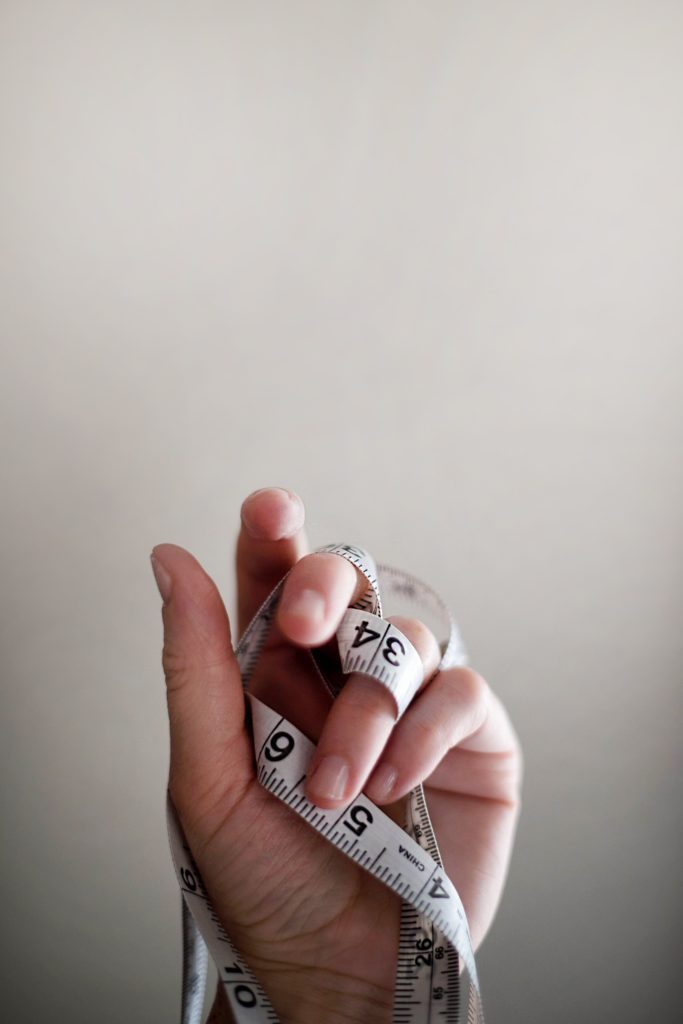Understanding Energy Balance

Have you ever wondered if you can or should “eat back” the calories you burn via exercise? Or, should you track the calories you burn through exercise? What about if you should account for your training when determining your daily caloric balance? I have so many conversations with followers and clients around this very topic, and I’m glad to finally put a proverbial pen to paper for an official response because I think it will disentangle A LOT of confusion and alleviate A LOT of frustration.
The short answer: IT DEPENDS! It’s a personal preference.
My nutritionally uncredentialed, but intensely researched opinion: FAHK NO.
Here’s the support.
Understanding Energy Balance
By now, I think most people are clear that consuming less energy than you burn equals fat loss. If you eat less than you burn, you lose fat. If you eat more than you burn, you gain fat. That’s energy balance.
Additionally, energy balance is the relationship between the food you consume and energy you expend through exercise, non-exercise activity thermogenesis, and any other type of function to sustain daily life. This relationship determines whether weight is gained, lost, or maintained.
If you’re trying to LOSE weight, you must consume less energy than you burn, also known as your caloric deficit. If you need a reminder, you can calculate your deficit here.
Achieving a Caloric Deficit
A caloric deficit happens one of three ways:
- Eating less
- Burning more
- A combination of both
That’s it. There’s no magic pill, or supplement, or any other ways to go about it. Those are your only options, and they’re the only ones you need to be successful.
We’ll dissect each method, but before I go any further I just want to say, any trainer who tells you to “eat less and move more” as a solution to your weight loss struggles should be fired immediately.
That is such lazy, unprofessional, and unhelpful advice. I understand the sentiment, but consumption, activity, and therefore results require A MUCH deeper understanding to apply the above principles to YOUR life and your goals. Empower yourself to work with professionals who know their shit and have YOUR best interest. That requires more work and knowledge on their part. Hold them to the same standards you hold yourself. FIN.
Achieving a Caloric Deficit by Eating Less
While it may sound simple, eating less is HARD. If you’ve ever dieted, you know this. When you diet or implement a deficit, you’re not only asking your physical being to adjust to a new protocol but your mental and emotional beings as well.
Diets and deficits naturally increase food-based thoughts, so adherence is tough to achieve, and it ONLY works if you strictly adhere. I’ll tell you with 100% confidence that it may be easy at first, but it’s hard as shit the longer you go.
The concept of dieting is easy to understand, but it is HARD to put into practice. You are MOST successful when you have the LEAST amount of restriction – do NOT confuse that for NO restriction. Of course, there will be some. If you take away anything from this section, it should be: The smaller the deficit, the longer it will take to lose weight, but the easier it will be to adhere.
That being said, If you’re dieting for months or YEARS on end, your body adapts to low caloric intake, and you’ll experience a “plateau” where your body stops responding to the stimulus (or lack thereof) from said deficit. That’s a conversation for another day, but something to keep in mind as we move forward.
Achieving a Caloric Deficit by Burning More
Exactly how it sounds. The more you move, the more you burn. Workout more frequently, spend more time in the gym, train for volume, introduce cardio for additional expenditure, do two-a-days, and adhere to progressive overload. Wow. That’s a lot.
The problem is most of us don’t have a ton of time on our hands, so spending MORE time in the gym isn’t an option. It’s worth mentioning, the more you workout, the hungrier you are. It’s also worth mentioning if you’re spending all your time working out, you’re NOT recovering, which is also really problematic.
Achieving a Caloric Deficit by Doing a Combination of Both
In this method, you’re eating the amount you burn.
Example: You’ve calculated your deficit is at 2000 calories, you burn 350 calories in the gym, so you eat 2350 calories to get that ground zero.
You’re balancing your intake with your output to ensure you’re ending up with your net deficit to result in fat loss.
Here’s the Thing
Your wearable or app giving you an output of “calories burned” is NOT accurate, it’s an estimation based on a standardized formula or algorithm, and as I’ve discussed so many times, no formula is perfect. It also most likely OVER reports your exertion. So if you’re tracking calories and you “eat back” what you supposedly burned, you are potentially putting yourself into maintenance (at best) or surplus.
If you get into the habit of eating indulgently with the intention of “burning it off later,” you are headed down a dangerous path.
It can take MINUTES to consume 1,000 calories.
But it will take HOURS to “work it off.” Hours you probably don’t have to spend in the gym.
It’s kind of like using your credit card. If you buy something you can’t afford and think, “Fahk it, I’ll pay it off later” your debt is compounded by interest, fees, and more spending. It’s SO hard to get back to neutral. If you’re eating and thinking “I’ll make up for it later,” the same compounds add up – social events, sneaky calories, busy schedules with no time for the gym. It’s the same uphill battle that feels like a rat race you cannot escape.

EXAMPLE: Let’s just say your deficit is at 1967 calories
What you think happens:
- Your tracker ESTIMATES you burned 398 calories and then randomly gives you 381 to “eat back.”
- You figure you can eat “381 calories” and STILL be at 1976 calories. Right?
Probably wrong.
What actually happens:
- Most likely, your reporting throughout the day isn’t 100% accurate – it’s hard to eyeball, and measuring by volume is different than weight. Give or take 100 calories to your balance
- Your tracker is most likely WRONG – maybe you burned close to 300 calories – that’s nearly 100 calories difference.
- You’re unintentionally and unknowingly OVER-eating by 200+ calories-ish, maybe more in some cases
Over time that shit ADDS UP.
So what do you do?
Don’t worry about your wearable or your tracker. In fact, take it off. I have to be honest with you; none of them are all that cute.
Know your deficit. Focus on maintaining adherence with your INTAKE.
If you’re tracking, track nutrition/consumption and leave it at that. You can’t accurately monitor your output unless you’re in a clinical testing facility, so the data you collect on your own is somewhat moot. KNOW that you’re in a deficit as it relates to your nutrition and consumption, and work hard in the gym following any method or protocol you’ve subscribed. That’s enough for the average fitness enthusiast. Your workout should be dictated by how you feel and your rate of perceived exertion NOT but a number on a screen. If you’re half-assing it, you already know it. You don’t need a watch to confirm it. Same with if you’re kickin’ your own ass.
Your time is better spent lifting, or doing what you do rather than STOPPING or breaking form to check your watch. Like, think about that. Okey?
In Conclusion
There are three ways to go about a deficit, and it’s really up to you how you do it. No formula is perfect and your wearable isn’t either, so take the time to formulate and then tweak your plan.
If you’re STARVING or cannot recover from your workouts, your deficit is probably too big. Adjust your numbers and visit any of the resources below to help you. Remember, the smaller your deficit, the slower the weight loss will be, but the more success you will have in terms of adherence. Slow and steady will win the race time and time again.
Resources:
- Understanding Caloric Deficit
- Determine Your Daily Calories
- The 101 Body Recomposition
- Tracking Your Food: Volume vs. Weight
- When and How to Follow a Meal Plan
- Setting Short-Term Goals
- The Problem with Cheat Meals
- Understanding Macronutrients
So that’s that. The 101 on energy balance and how to manage your input vs. output. What do you think? As always, DM me with any questions.







Responses